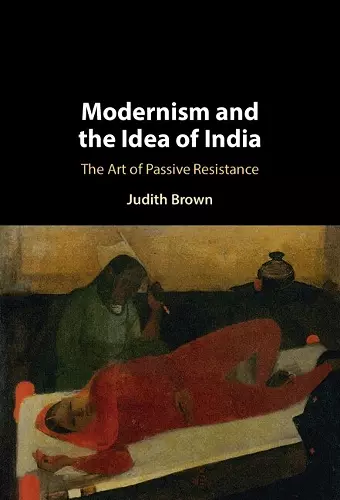Modernism and the Idea of India
The Art of Passive Resistance
Format:Hardback
Publisher:Cambridge University Press
Published:9th Jan '25
Currently unavailable, and unfortunately no date known when it will be back

Claims that 'passive resistance', a phrase promoted and then rejected by Gandhi, aptly describes a modernist aesthetic movement in India.
This study of India's historical background, aesthetic context and philosophical approach to art will appeal to a broad audience of educated readers interested in the relationship between art and politics. Fans of modernism will find the Indian connections to figures such as Woolf and Le Corbusier both surprising and illuminating.In his 1909 manifesto Hind Swaraj, Gandhi made an impassioned call for passive resistance that he soon retracted. 'Passive resistance' didn't, in the end, serve his overarching aims, but was troubled on multiple grounds from its use of the English phrase to the weakness implied by passivity. Modernism and the Idea of India: The Art of Passive Resistance claims that the difficulty embedded in the phrase 'passive resistance', from its seeming internal contradiction to the troubling category of passivity itself, transforms in artistic expression, where its dynamism, ambivalence, and receptivity enable art's capacity to create new forms of meaning. India provides the ground and the fantasy for writers and artists including Rabindranath Tagore, R.K. Narayan, Ahmed Ali, Amrita Sher-Gil, Virginia Woolf, and Le Corbusier. These artists and writers explore the capacities of passive resistance inspired by Gandhi's treatise, but move beyond its call for activism into new languages of art.
ISBN: 9781009505246
Dimensions: unknown
Weight: unknown
208 pages